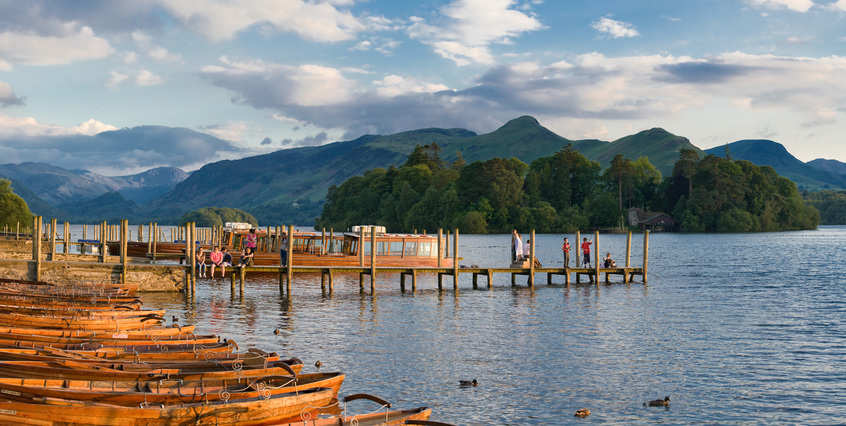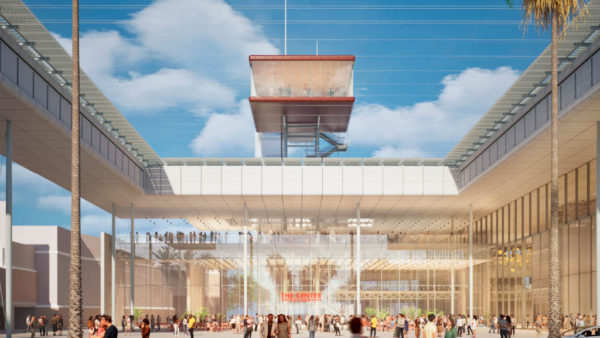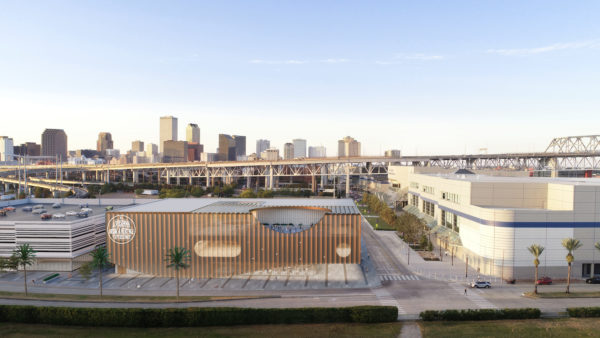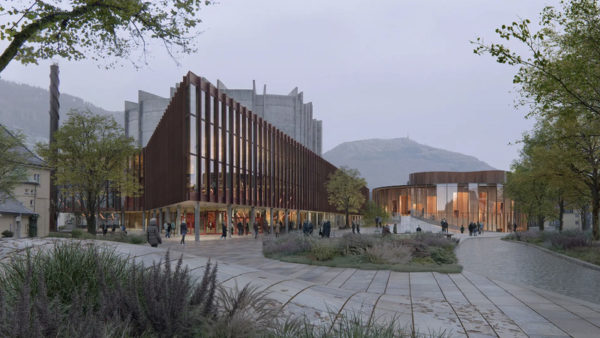The UN World Heritage Committee has announced that 21 sites will be granted Unesco World Heritage status, and the area of four existing sites are to be extended.
The additions include:
• Asmara (Eritrea): More than 2km above sea level, the capital of Eritrea developed from the 1890s onwards as a military outpost for the Italian colonial power.
After 1935, it underwent a large-scale programme of construction applying the Italian rationalist idiom of the time to governmental edifices, residential and commercial buildings, churches, mosques, synagogues, cinemas and hotels.
The site is an example of early modernist urbanism at the beginning of the 20th century and its application in an African context.
• Landscapes of Dauria (Mongolia/Russian Federation): This site is an example of the Daurian Steppe eco-region, which extends from eastern Mongolia into Siberia and northeastern China.
Cyclical climate changes, with distinct dry and wet periods have led to a wide diversity of species and ecosystems.
The area contains grasslands, forests, lakes and wetlands that serve as habitats for rare species of fauna and millions of vulnerable, endangered or threatened migratory birds. It is also a critical site on the migration path of the Mongolian gazelle.

A pier near Keswick on Derwent Water in the Lake District (Wikimedia Commons/ Diliff)
• The Lake District (UK): A mountainous area in northwest England (pictured above), where valleys have been formed by glaciers in the Ice Age and subsequently shaped by an agro-pastoral land-use systems characterised by fields enclosed by walls.
The combined work of nature and human activity has produced a landscape in which the mountains are mirrored in lakes and grand houses, gardens and parks have been purposely created to enhance the surroundings.
The landscape was influential to the romantic movement, which depicted it in painting, drawings and words.
• Aphrodisias (Turkey): Located in southwestern Turkey in the upper valley of the Morsynus River, the site consists of two components: the archaeological site of Aphrodisias and the marble quarries northeast of the city.
The temple of Aphrodite dates from the 3rd century BC and the city was built a century later. The wealth of Aphrodisias came from the marble quarries and the art produced by its sculptors.
The city streets are arranged around several large civic structures, which include temples, a theatre, an agora and two bathhouses.
• Sacred Island of Okinoshima (Japan): Located 60km off the western coast of Kyushu island, the island of Okinoshima (pictured top) is an example of the tradition of worship of a sacred island.
Preserved archaeological sites provide a chronological record of how the rituals changed from the 4th to the 9th centuries AD.
During rituals, objects were deposited as offerings at sites on the island, many brought from abroad, displaying evidence of exchanges between the Japanese archipelago, the Korean peninsula and the Asian continent.
• Valongo Wharf (Brazil): The site is located in central Rio de Janeiro and encompasses the entirety of Jornal do Comércio Square.
The former harbour area of the city contains an old stone wharf which was built for the landing of enslaved Africans reaching the South American continent from 1811 onwards.
An estimated 900,000 Africans arrived in South America via Valongo and the wharf is an important physical trace of the arrival of African slaves on the American continent.
The physical site is composed of several archaeological layers, the lowest of which consists of floor pavings in pé de moleque style, attributed to the original Valongo Wharf.
• Ahmadabad (India): Ahmadabad is a walled city in western India founded by Sultan Ahmad Shah in the 15th century, providing an architectural heritage from the sultanate period, such as the Bhadra citadel.
The urban fabric is made up of densely packed traditional houses in gated streets with characteristic features such as bird feeders, public wells and religious institutions.

The Bauhaus Building in Dessau, Germany (Wikimedia Commons/Walter Gropius)
Some extended sites are:
• Strasbourg (France): The initial property was inscribed in 1988 for the Grande-Île, the historic centre of Strasbourg, with the extension concerning the Neustad, designed and built under the German administration between 1871 and 1918.
The Neustadt draws the inspiration for its urban layout from French urban planner Georges-Eugène Haussmann, while adopting a Germanic architectural idiom for its buildings.
The two influences created an urban space that is specific to Strasbourg, where the perspectives created around the cathedral open to a unified landscape around the rivers and canals.
• Bauhaus sites (Germany): Original sites comprised groups of buildings and monuments located in Weimar and Dessau (pictured above), all built under the direction of Walter Gropius, the first director of the Bauhaus School.
The extension includes the Houses with Balcony Access in Dessau – three storey brick blocks for low-income students – and the ADGB Trade Union School in Bernau, built under the direction of Hannes Meyer, successor to Gropius until 1930.
This extension reflects the contribution of the department of architecture to the austere design, functionalism and social reform of the Bauhaus, an influential movement which revolutionised 20th century architecture.
View a complete list of the new additions here.
Top image: A land procession at Miare Festival on the island of Okinoshima (non © UNESCO/Imaki Hidekazu)










